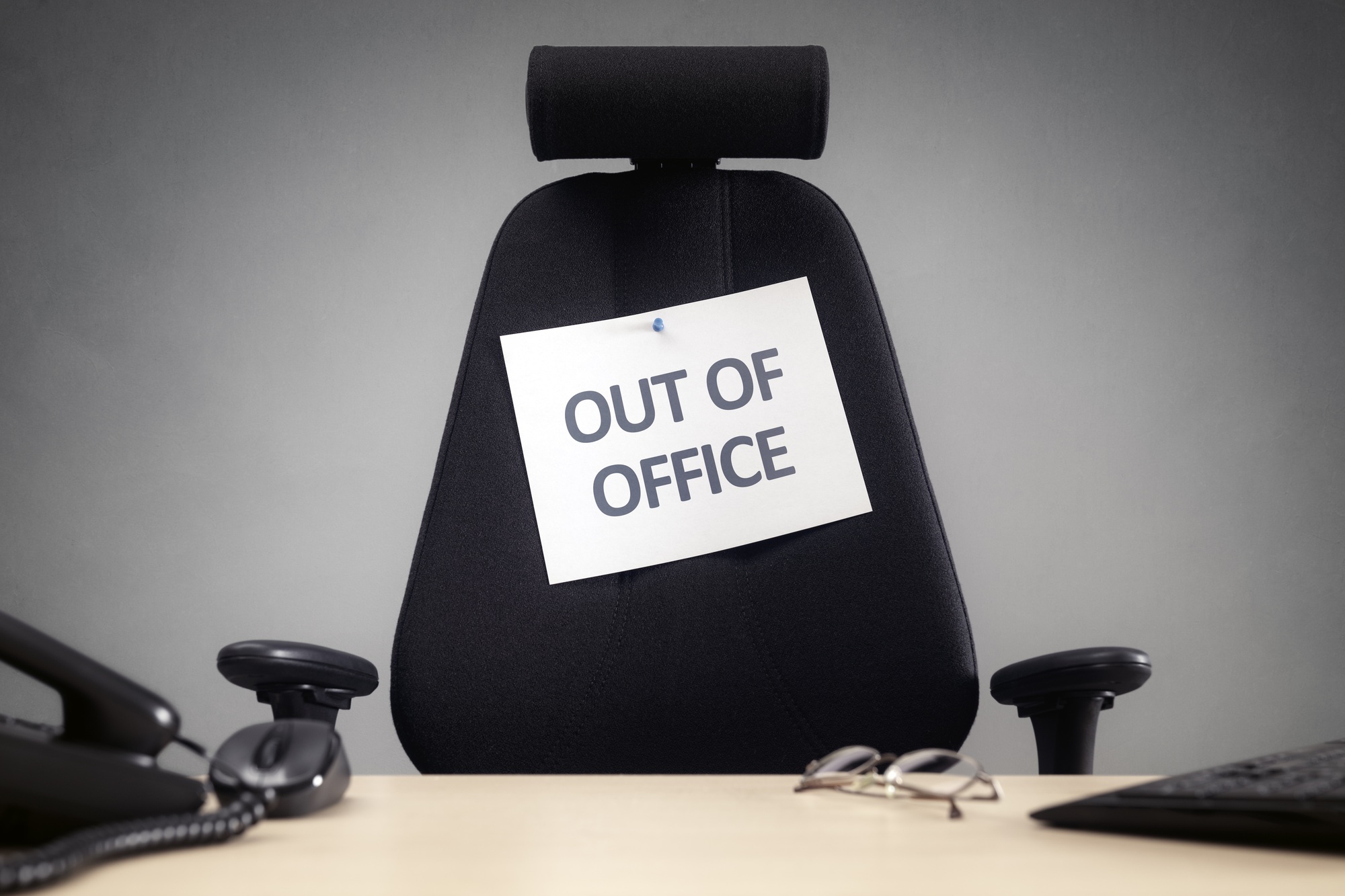
Handling employee benefits during a leave of absence (LOA) can be complex. Whether an employee is on FMLA leave, disability leave, or another type of absence, employers must navigate federal, state, and internal policy requirements to ensure compliance while supporting their workforce. Failing to properly manage benefits during a leave could lead to compliance violations, penalties, and potential legal action.
Key Compliance Considerations for Employee Benefits During a Leave
1. Understanding the Type of Leave
The first step in benefits compliance is determining what type of leave the employee is taking. Different regulations apply depending on the leave category:
- Family and Medical Leave Act (FMLA) – Requires continued health benefits as if the employee were actively working.
- Americans with Disabilities Act (ADA) Accommodations – May require benefits continuation as a reasonable accommodation under certain conditions.
- Short-Term & Long-Term Disability Leave – May impact employee contributions to benefits and trigger COBRA eligibility.
- Personal or Unpaid Leave – Often subject to employer-specific policies, which should be clearly outlined.
2. Employee Premium Contributions
Employers must establish how benefits premiums will be paid during the leave. Options include:
- Payroll deductions (if the employee is receiving pay)
- Direct payments from the employee (if unpaid leave)
- Prepayment arrangements before the leave starts
If an employee fails to make payments, employers must follow specific rules before terminating coverage, including proper notice and grace periods.
3. COBRA Considerations
If an employee exceeds the allowable leave period or loses benefits eligibility, COBRA may apply. Employers must:
- Provide timely COBRA notices outlining coverage options
- Ensure correct documentation to avoid compliance issues
- Communicate payment obligations clearly to the employee
4. State and Local Leave Laws
Several states have expanded leave laws that offer more protections than federal FMLA. Employers should review state-specific regulations to determine additional requirements.
For example:
- California: The California Family Rights Act (CFRA) covers a broader range of family members than FMLA and requires health benefit continuation during leave.
- New York: Paid Family Leave (PFL) requires partial wage replacement but does not mandate continued health coverage. However, New York employers must comply with FMLA if applicable.
- Washington & Massachusetts: Both states offer state-funded paid family and medical leave, which can interact with employer-sponsored benefits.
Since state leave laws frequently change, employers must stay informed to ensure compliance across different jurisdictions.
5. Return-to-Work and Benefit Reinstatement
When an employee returns from leave, benefits must generally be reinstated without waiting periods or re-enrollment requirements. Employers should:
- Confirm whether the employee owes outstanding premium payments
- Ensure seamless reinstatement of health, dental, and other benefits
- Communicate any changes to plan options that occurred during leave
Employer Action Steps
✔ Review and Update Leave Policies
Ensure internal policies align with FMLA, ADA, COBRA, and state laws to prevent compliance risks.
✔ Develop a Clear Premium Payment Process
Establish a written process for handling premium payments during unpaid leave.
✔ Stay Up to Date on State and Local Laws
Many states expand upon FMLA—employers should track relevant updates.
✔ Train HR Teams on Compliance Requirements
HR and benefits administrators should understand how to handle leave-related benefits issues properly.
✔ Communicate Leave and Benefits Policies Clearly
Provide employees with detailed, written guidance on how their benefits will be handled before, during, and after a leave.
Final Thoughts
Managing benefits compliance during an employee’s leave requires careful coordination between HR, payroll, and legal teams. Employers that establish clear policies, follow federal and state regulations, and communicate effectively can avoid compliance pitfalls and ensure employees receive the benefits they are entitled to.
By staying proactive, organizations reduce risk, support their workforce, and maintain compliance with evolving leave laws.

